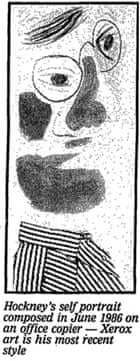Some resources worth consideration from:
https://www.graphite.org/top-picks/art-museum-learning-resources?utm_source=What%27s_New_in_EdTech_2016_7_08&utm_medium=email&utm_campaign=weekly
Art Museum Learning Resources
You can't beat seeing art in
person, but these websites and apps offer the next best thing. From
digitized collections to art history timelines to virtual tours of
museums, these picks offer a full suite of resources for the art
classroom.

Asian Art Museum
Visit Website: http://education.asianart.org
Inventive lessons and activities integrate Asian history, art, and more
|
|

MetKids
Visit Website: http://www.metmuseum.org/collection/metkids/
Whimsical, kid-friendly intro to the wide world of art
|
|

MoMA Art Lab
Publisher: MoMA, The Museum of Modern Art
Interactive projects, cool prompts, and famous works inspire creation
|
|

Smithsonian Education Students
Visit Website: http://www.smithsonianeducation.org/students
Kid-friendly access to museum resources on wide range of topics
|
|

|
|

Faking It
Publisher: The Metropolitan Museum of Art
What did we do before PhotoShop? Altering pre-digital images
|
|

MoMA
Publisher: MoMA, The Museum of Modern Art
Museum companion can stand alone as a modern art resource
|
|

Google Art Project
Visit Website: http://www.google.com/culturalinstitute/project/art-project
Massive online global collection makes art accesible to all
|
|
|




 MoMA Art Lab
MoMA Art Lab Paper by FiftyThree
Paper by FiftyThree
